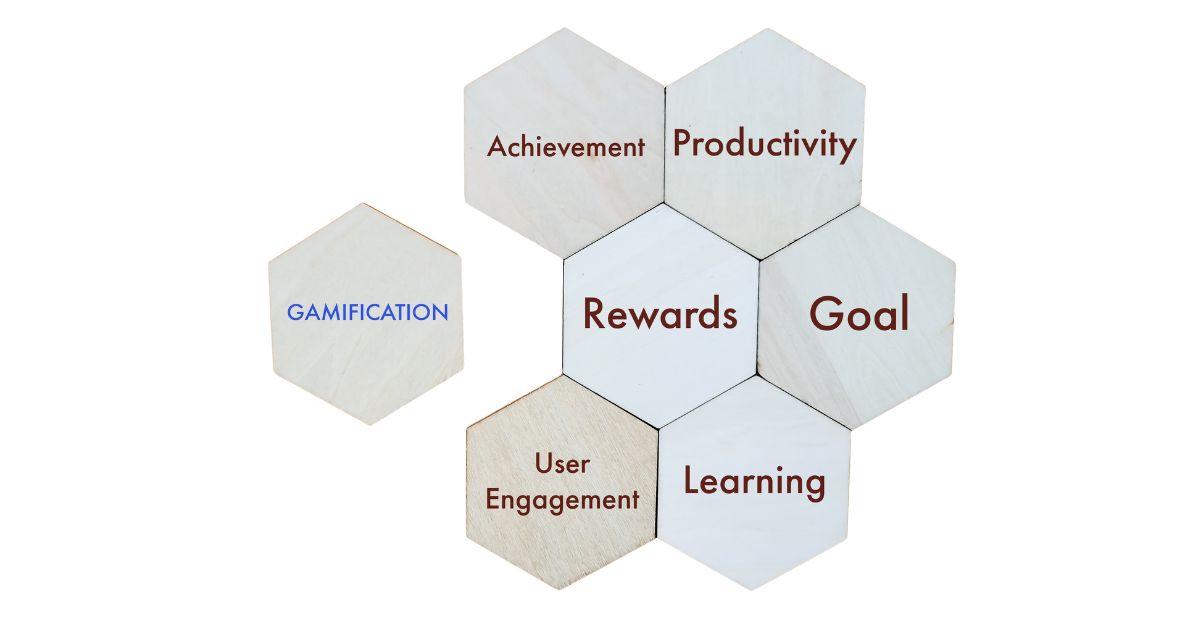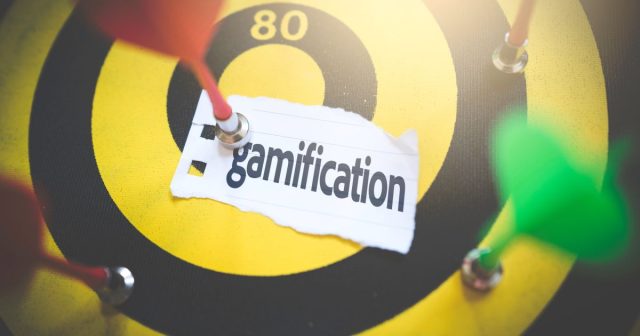In today’s digital landscape, building a vibrant online community is more than just offering a platform for discussion—it’s about creating an engaging experience that resonates with users and fosters long-term loyalty. With countless forums, social networks, and niche platforms competing for attention, community managers must find innovative ways to stand out and keep members actively participating.
This is where gamification comes into play. Gamification applies game design principles—such as points, badges, levels, and leaderboards—to non-game contexts, transforming routine tasks like posting comments or answering questions into rewarding experiences. Well-designed gamification can boost contribution quality, spark healthy competition, and provide meaningful recognition that drives continued engagement. In this comprehensive guide, we’ll delve into the why, what, and how of gamifying your online community, complete with best practices, real-world examples, and actionable tips to help you level up your engagement strategy.
Why Gamification Matters in Online Communities

Psychologists have long studied motivation and found that both intrinsic and extrinsic rewards play critical roles in influencing behavior. Intrinsic motivation stems from personal satisfaction, such as mastering a skill or helping a fellow member, while extrinsic motivation arises from external rewards, like points or public recognition. A balanced gamification strategy leverages both types, providing immediate gratification through badges and points, and fostering deeper engagement through community-driven challenges and mentorship opportunities.
Consider how gamified apps like Fitbit use step goals and badges to encourage healthy habits. In online communities, similar techniques can drive desired behaviors, whether it’s contributing high-quality posts, offering constructive feedback, or welcoming new members. By making the experience interactive and goal-oriented, gamification transforms passive browsing into active participation.
Key Gamification Elements to Implement
Below are core gamification elements you can integrate into your online community platform:
- Points and Scoring Systems
Assign points for activities such as creating posts, answering questions, or providing feedback. A clear scoring system motivates members to engage more frequently. For example, awarding 5 points for a new thread and 2 points for a comment can guide users toward desired behaviors.When designing a points system, assign different weights to various activities to reflect their relative value. For example, creating a comprehensive tutorial might earn more points than a brief status update. Consider incorporating time decay—where older points gradually lose value—to encourage ongoing activity rather than one-time bursts. - Badges and Achievements
Visual rewards like badges recognize specific accomplishments—such as “First Post”, “Top Contributor”, or “Community Helper”. Badges serve as public symbols of expertise and encourage members to unlock more accolades.Use tiered badge systems with bronze, silver, and gold levels to provide progressive goals. This layered structure encourages members to aim for higher tiers and fosters a sense of achievement when advancing from one level to the next. - Leaderboards
Displaying top contributors on a leaderboard fuels friendly competition. Weekly or monthly leaderboards keep the competition fresh, encouraging members to climb the ranks and earn recognition.Offer multiple leaderboard categories—such as daily, weekly, or topic-specific rankings—to give members various paths to recognition. Highlighting new or rising stars alongside top veterans can help spotlight emerging contributors. - Challenges and Quests
Organize time-bound challenges, such as a “30-Day Posting Marathon” or a “Weekly Trivia Quest”. Challenges turn engagement into a community-wide event, fostering camaraderie and a sense of collective achievement.When launching a challenge, clearly define the objectives, timeline, and rewards. Promote challenges through community announcements and email digests to maximize participation. Post-challenge summaries and highlight reels can sustain momentum and encourage future involvement. - Levels and Progress Bars
Implementing levels based on accumulated points provides long-term goals. Progress bars give members a visual representation of how close they are to the next level, driving consistent participation.Incorporate milestones within levels, such as unlocking exclusive content or earning access to special community spaces. Progress bars should be visible on user profiles and dashboards, offering a constant reminder of how close members are to their next achievement.
Best Practices for Effective Gamification

While gamification can be highly effective, a poorly designed system may backfire. Keep these best practices in mind:
- Align with Community Goals
Design gamification elements that reinforce your broader community objectives. If fostering knowledge sharing is key, reward high-quality answers rather than just the quantity of posts. - Maintain Balance
Overemphasis on competition can lead to burnout or deter new members. Strike a balance between competitive and collaborative elements, and consider offering cooperative challenges. - Ensure Transparency
Clearly communicate how points, badges, and levels are earned. Transparent rules build trust and prevent confusion or frustration. - Reward Quality over Quantity
Encourage meaningful contributions by incorporating quality metrics—such as upvotes, peer reviews, or moderator endorsements—into your point calculations. - Keep It Fresh
Rotate challenges, introduce seasonal events, and update badges to prevent engagement fatigue. Periodic changes keep members intrigued and eager to explore new goals. - Gather Feedback
Regularly solicit member feedback on gamification features. Iterating based on user input ensures the system remains fair, fun, and aligned with community needs. - Segment Your Audience
Different member segments—such as new users, regular contributors, and experts—have varying motivations. Create customized gamification paths or challenges for each group to ensure relevance and accessibility. - Test and Iterate
Use A/B testing to experiment with different game mechanics, point values, and reward tiers. Analyze engagement data to determine which combinations yield the best results, then iterate accordingly. - Prioritize Accessibility
Ensure that gamification elements are accessible to all members, including those with disabilities. Provide text alternatives for icons, use high-contrast visuals, and design challenges that accommodate diverse abilities.
Measuring the Impact of Gamification
To evaluate your gamification efforts, monitor key performance indicators (KPIs) such as:
- Active User Growth: Increase in daily or monthly active members.
- Engagement Rate: The average number of posts, comments, and reactions per user.
- Retention Rate: Percentage of users returning after their first interaction.
- Challenge Participation: Number of members completing quests or challenges.
- Feedback Scores: Member satisfaction ratings and qualitative comments on gamification features.
Beyond numeric KPIs, gather qualitative feedback through surveys, user interviews, and focus groups. Understanding member sentiments about the gamification features helps you refine the emotional aspects and community culture, not just the metrics.
Leverage analytics tools and community platform dashboards to correlate gamification milestones with desired business outcomes—like increased subscription revenue, ad impressions, or product feedback rates.
Common Pitfalls and How to Avoid Them
Even a well-intentioned gamification system can fall short if mismanaged. Watch out for these common pitfalls:
- Activity Farming
When members exploit low-effort tasks to earn points, overall content quality suffers. Mitigate by setting minimum thresholds for task quality or using upvotes as a multiplier. - Overjustification Effect
Relying solely on extrinsic rewards can undermine intrinsic motivation. Balance extrinsic rewards with opportunities for inherent satisfaction, like helping others or contributing to shared goals. - Neglecting New Users
Leaderboards and competitive elements can be intimidating for newcomers. Introduce beginner-friendly challenges and ensure new members receive early recognition. - Stagnant Systems
Failure to refresh gamification features leads to diminishing returns. Plan a roadmap for new challenges, badges, and reward structures to keep the system dynamic.
It’s crucial to monitor for unintended behaviors. For instance, if you notice a surge in low-quality posts, adjust your system by capping points for repetitive actions or introducing peer review checkpoints.
Real-World Examples of Successful Gamification
To illustrate the power of gamification, let’s examine how popular communities leverage game elements to drive engagement:
1. Stack Exchange Network
Stack Exchange uses a robust reputation system where users earn points for upvotes, accepted answers, and bounties. Badges mark significant milestones like “Enthusiast” for daily visits, or “Legendary” for long-term activity. This layered approach rewards both consistent participation and exceptional contributions, leading to high-quality content and a self-moderating community culture.
2. Duolingo Forums
Language learners on Duolingo forums engage with challenges, streaks, and XP points. Seasonal events like “Holiday Phrase Hunt” encourage learners to share tips and celebrate milestones. Duolingo‘s bright visuals and friendly tone make gamification elements approachable for all ages, fostering a supportive and active learning community.
3. Goodreads Enthusiast Clubs
On Goodreads, book lovers can join genre-specific clubs where they earn points for writing reviews, hosting discussions, and recommending reads. Monthly reading challenges and badge-based achievements—like “Reviewed 50 Books”—foster a sense of community among avid readers and drive consistent participation.
Emerging Trends in Gamification
As technology evolves, gamification in online communities is expanding into immersive experiences. Virtual reality (VR) meetups, augmented reality (AR) scavenger hunts, and blockchain-based rewards (such as NFTs) offer new frontiers for engagement. While these innovations can provide a competitive edge, remember to align them with your community’s needs and technical capabilities.
Conclusion
Gamification offers a dynamic toolkit for stimulating activity, encouraging collaboration, and rewarding valued contributions within your online community. By aligning game design principles with your community’s unique goals—whether it’s knowledge sharing, support, or social connection—you can create an immersive experience that keeps members invested over the long haul.
Ready to transform your community? Start by identifying one or two gamification elements that resonate with your audience, pilot them with a small group, and iterate based on feedback and performance metrics. With thoughtful implementation, you’ll unlock new levels of engagement and drive your community toward sustained growth.
What gamification strategies have you tried? Please share your experiences in the comments below, and let’s learn together!







